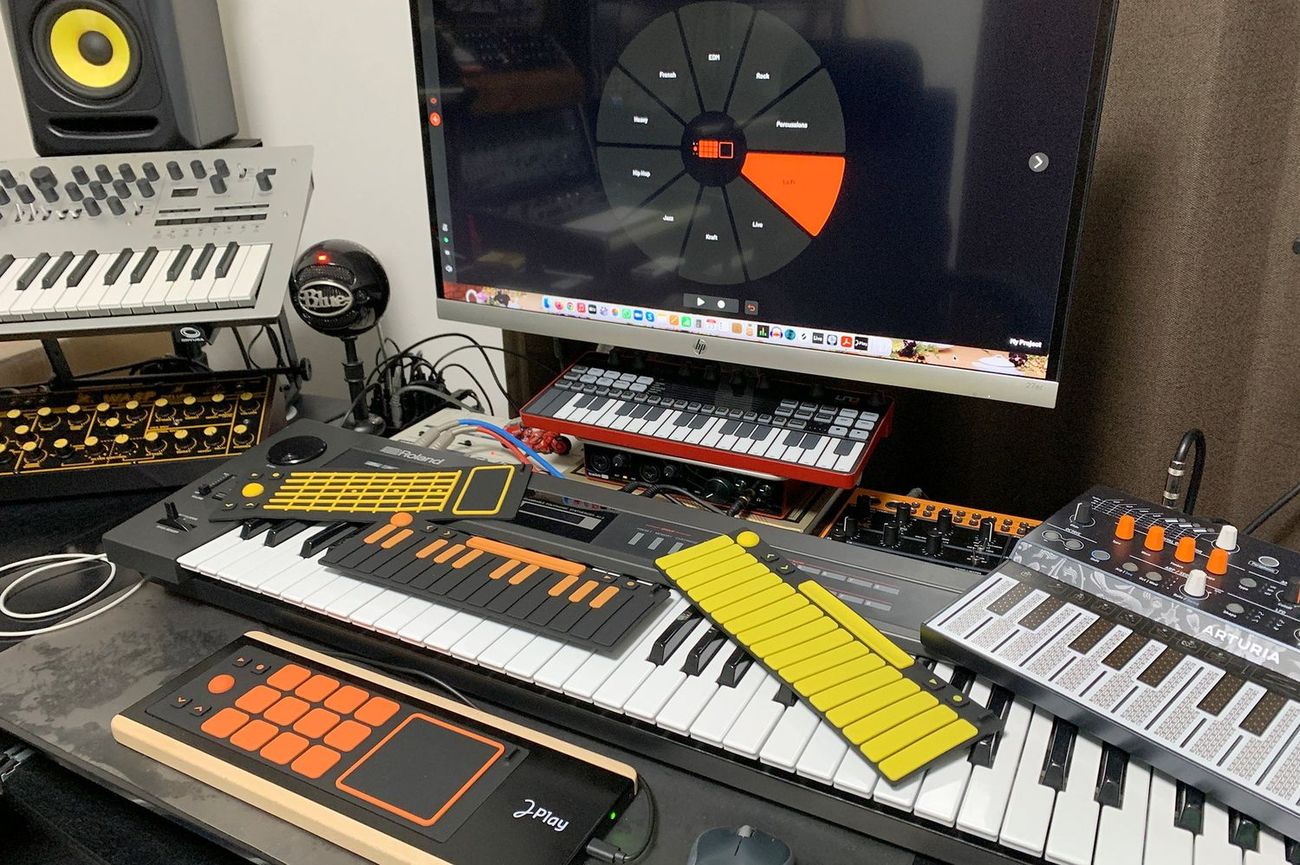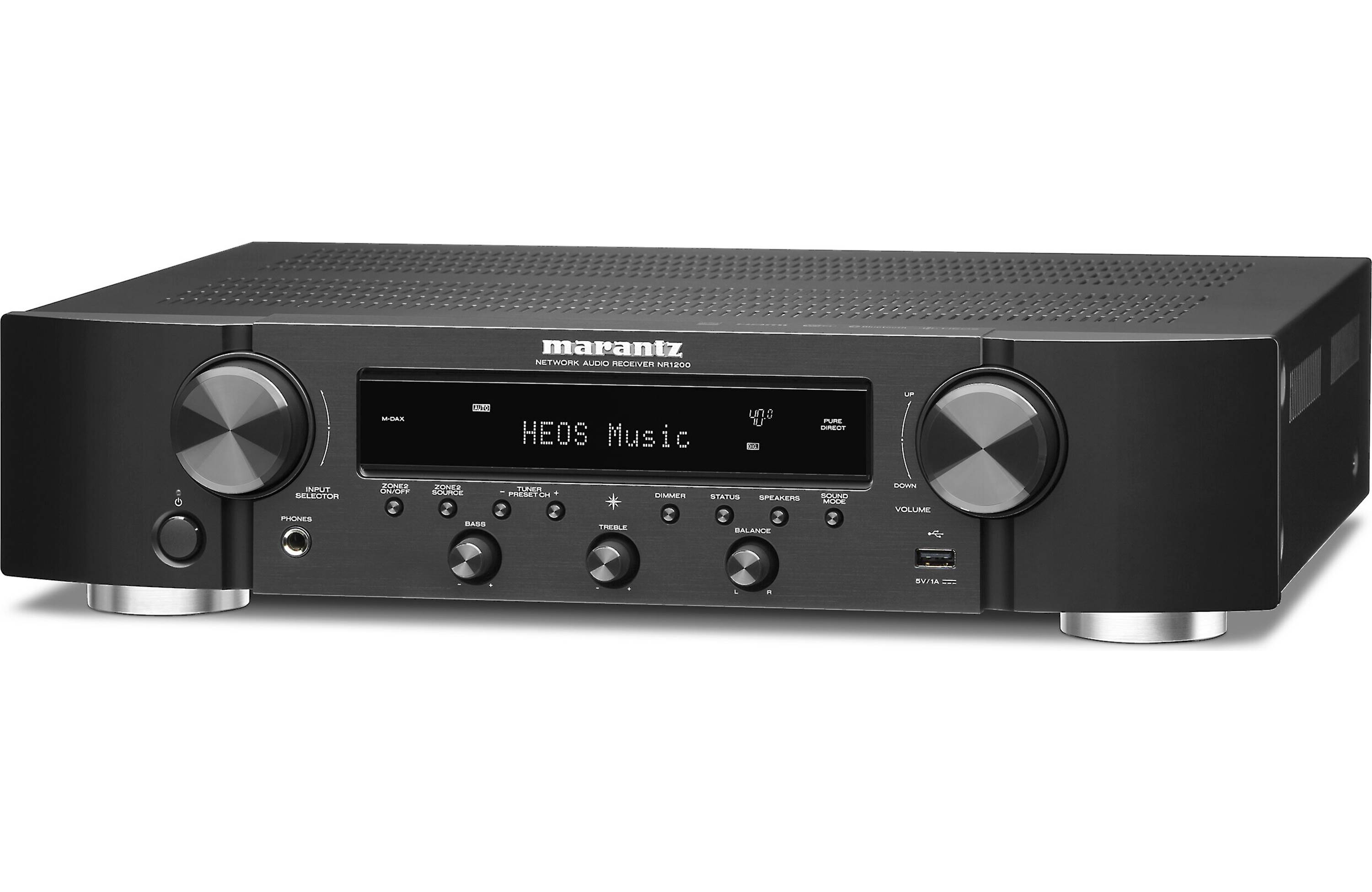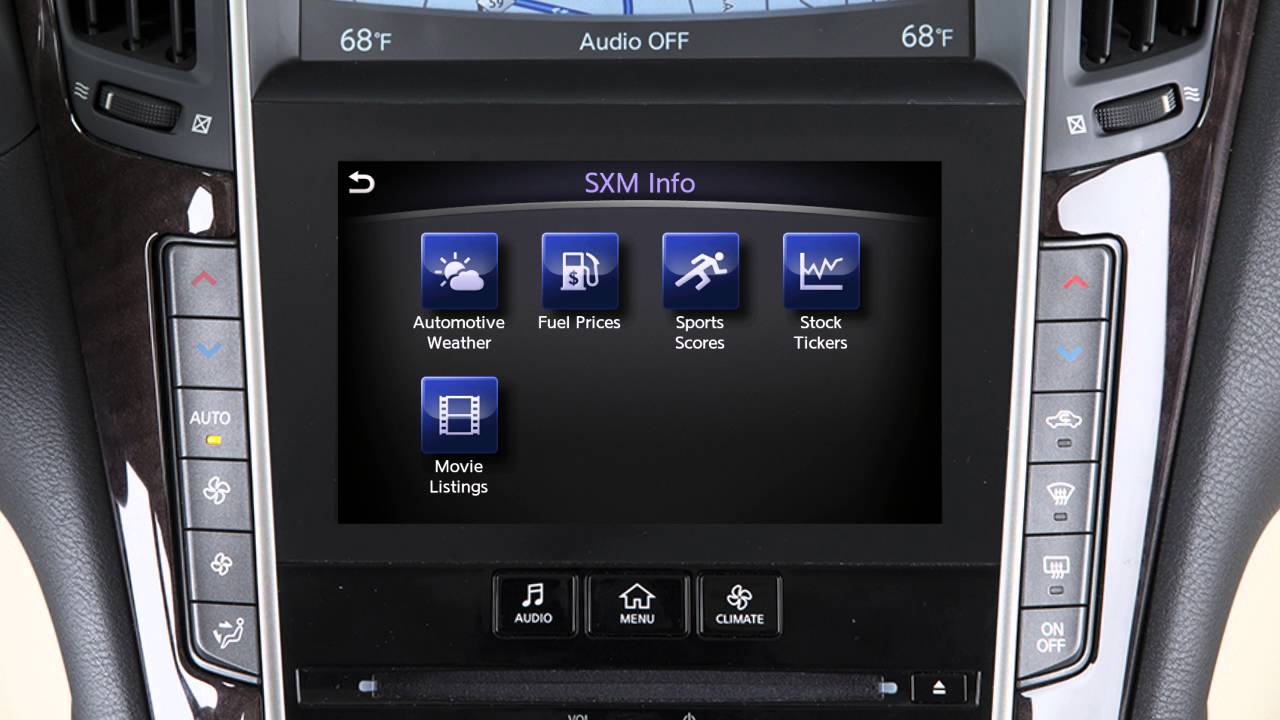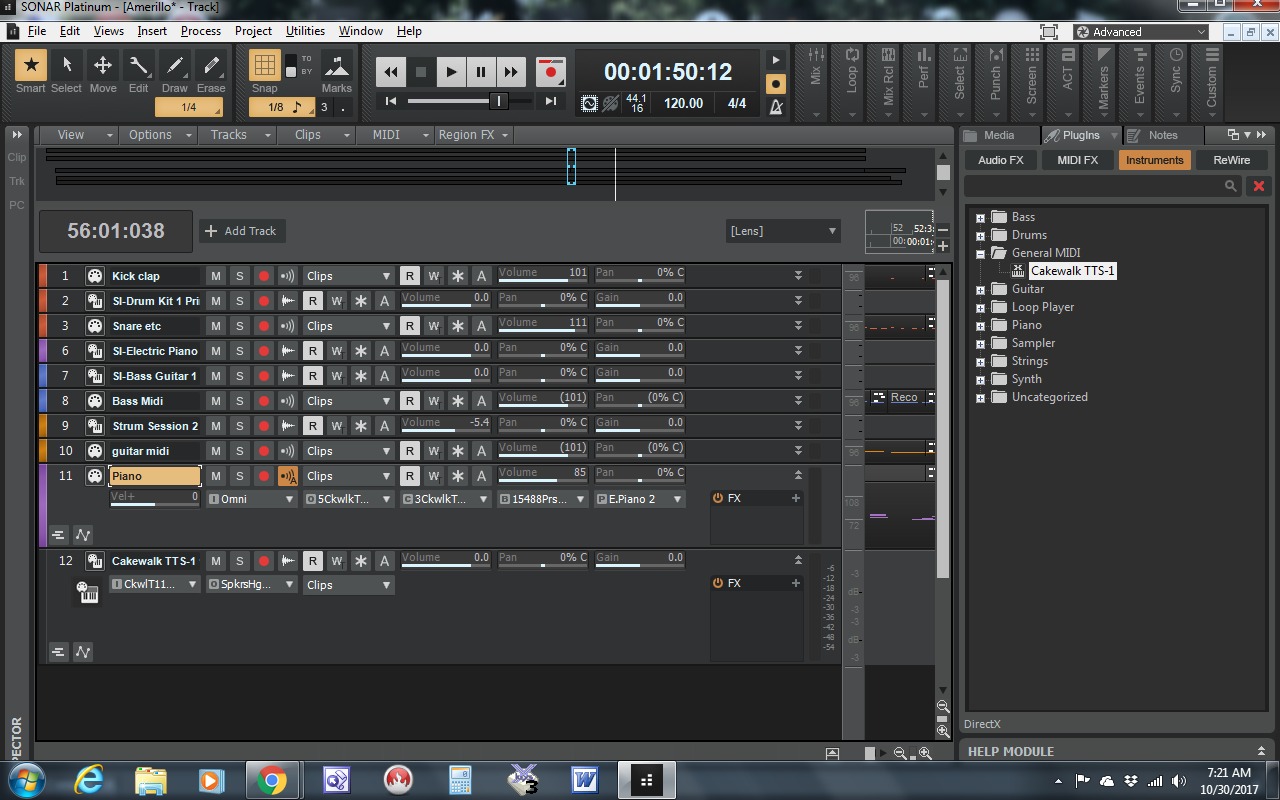Home>Production & Technology>MIDI>What Are MIDI Channels
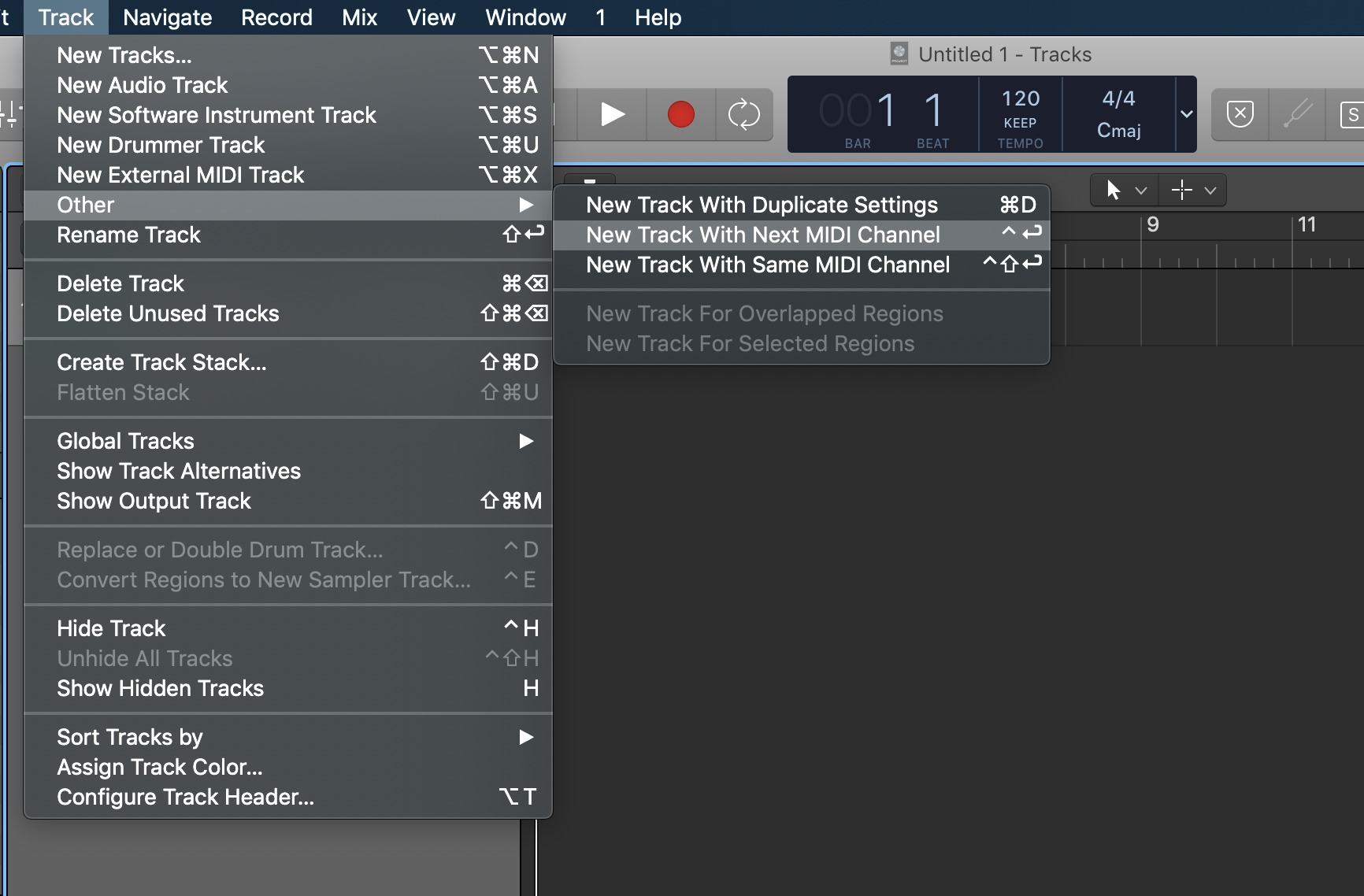

MIDI
What Are MIDI Channels
Published: February 22, 2024
Learn about MIDI channels and their significance in music production. Discover how MIDI channels work and their role in creating diverse musical arrangements.
(Many of the links in this article redirect to a specific reviewed product. Your purchase of these products through affiliate links helps to generate commission for AudioLover.com, at no extra cost. Learn more)
Table of Contents
Introduction
MIDI, which stands for Musical Instrument Digital Interface, has revolutionized the way music is created, performed, and recorded. It serves as the universal language of digital music, allowing electronic instruments, computers, and other devices to communicate with each other. One of the fundamental concepts within MIDI is the notion of MIDI channels. These channels play a crucial role in shaping the way musical information is transmitted and processed within the MIDI framework.
Understanding MIDI channels is essential for musicians, producers, and anyone involved in the realm of electronic music. By delving into the intricacies of MIDI channels, individuals can unlock a deeper understanding of how MIDI data is organized and utilized to control various aspects of musical performance and production. In this article, we will explore the significance of MIDI channels, delve into the mechanics of MIDI channel messages, and examine the practical applications of MIDI channels in music production.
As we embark on this exploration of MIDI channels, it's important to recognize their pivotal role in shaping the landscape of modern music technology. Whether you're a seasoned producer or an aspiring musician, grasping the nuances of MIDI channels can empower you to harness the full potential of MIDI technology, thereby enhancing your creative endeavors and musical expression. So, let's embark on this journey to unravel the mysteries of MIDI channels and discover their profound impact on the world of music.
Understanding MIDI Channels
MIDI channels serve as the backbone of MIDI communication, playing a pivotal role in the transmission and organization of musical data. In essence, MIDI channels are virtual pathways through which MIDI information flows between devices. Each MIDI channel can carry a unique stream of musical data, enabling the simultaneous control and playback of multiple instruments and sound sources.
In the realm of MIDI, channels are often likened to individual lanes on a digital highway, with each lane capable of carrying its own distinct stream of musical information. This segregation of data allows for the independent manipulation and control of various musical elements, thereby facilitating intricate and nuanced musical arrangements.
One of the defining characteristics of MIDI channels is their ability to enable multitimbral operation. This means that a single MIDI cable or interface can transmit data for multiple instruments or sound modules, with each instrument occupying its own designated MIDI channel. For instance, a MIDI keyboard controller can simultaneously trigger different sounds from a variety of synthesizers or samplers, thanks to the delineation provided by MIDI channels.
Furthermore, MIDI channels are often employed to facilitate polyphonic expression, allowing for the transmission of complex chordal and melodic information. By assigning different musical parts to distinct MIDI channels, musicians and producers can achieve a high degree of flexibility and control over the various elements of a musical composition.
It's important to note that MIDI channels are numbered from 1 to 16, with each number representing a distinct channel. This numbering convention aligns with the 16 MIDI channels available within the standard MIDI protocol, offering a practical framework for organizing and managing MIDI data.
In summary, MIDI channels form the bedrock of MIDI communication, enabling the seamless transmission and manipulation of musical data. By harnessing the power of MIDI channels, musicians and producers can orchestrate intricate musical arrangements, control multiple instruments, and unleash a world of creative possibilities within the realm of electronic music production.
MIDI Channel Messages
MIDI channel messages are the lifeblood of MIDI communication, serving as the means through which musical instructions and performance data are conveyed between MIDI-compatible devices. These messages encompass a diverse array of commands and information, each tailored to exert precise control over various musical parameters. Understanding MIDI channel messages is crucial for harnessing the full potential of MIDI technology and unleashing a world of creative possibilities within music production and performance.
One of the primary categories of MIDI channel messages is note messages, which are responsible for transmitting information about note-on and note-off events. When a musician plays a note on a MIDI keyboard or other controller, a note-on message is generated, indicating the pitch, velocity, and channel on which the note is played. Conversely, when the note is released, a note-off message is sent, signifying the cessation of the note's sound. These note messages form the foundation of MIDI-based musical performance, enabling the precise articulation and control of individual notes and musical phrases.
In addition to note messages, MIDI channel messages encompass a range of control messages that govern various aspects of musical expression and performance. For instance, control change messages allow for the manipulation of parameters such as modulation, expression, and sustain, affording musicians the ability to infuse their performances with dynamic nuances and articulations. Furthermore, pitch bend messages enable the alteration of pitch in real-time, empowering musicians to execute fluid and expressive pitch variations during their performances.
Another vital category of MIDI channel messages is program change messages, which facilitate the selection and switching of instrument sounds or patches on MIDI-compatible devices. By sending program change messages on different MIDI channels, musicians and producers can seamlessly transition between diverse instrument sounds, thereby sculpting rich and varied sonic landscapes within their musical compositions.
Moreover, MIDI channel messages encompass system messages that pertain to broader operational commands and functionalities. These system messages include timing clock signals, start and stop commands, and song position pointers, which play a pivotal role in synchronizing MIDI devices and coordinating musical playback across multiple instruments and devices.
In essence, MIDI channel messages constitute the building blocks of MIDI communication, offering a comprehensive toolkit for shaping and controlling musical performances. By mastering the intricacies of MIDI channel messages, musicians and producers can unlock a realm of expressive possibilities, harnessing the power of MIDI technology to craft compelling and dynamic musical experiences.
Using MIDI Channels in Music Production
In the realm of music production, MIDI channels serve as indispensable tools for orchestrating complex arrangements, sculpting diverse sonic textures, and unleashing a myriad of creative possibilities. By harnessing the power of MIDI channels, producers can navigate a rich tapestry of musical expression, seamlessly controlling and manipulating an array of virtual instruments, synthesizers, and sound modules within the digital domain.
One of the primary applications of MIDI channels in music production lies in the realm of multitimbral composition and arrangement. With the ability to assign different instruments to distinct MIDI channels, producers can craft intricate and layered compositions, each channel serving as a conduit for a specific sound source. This enables the simultaneous playback and control of multiple instruments, allowing for the creation of expansive and immersive musical landscapes.
Furthermore, MIDI channels play a pivotal role in facilitating polyphonic expression within music production. By allocating individual MIDI channels to different musical elements, such as basslines, melodies, and harmonic accompaniments, producers can exercise precise control over each component of a musical composition. This granular level of control empowers producers to sculpt nuanced and dynamic arrangements, infusing their productions with depth, richness, and expressive intricacies.
Moreover, MIDI channels offer a versatile platform for real-time performance and improvisation within the context of music production. Through the utilization of MIDI controllers and interfaces, producers can manipulate and modulate various musical parameters across different MIDI channels, crafting dynamic and evolving musical performances in a live setting or within the studio environment. This real-time interaction with MIDI channels fosters a fluid and responsive creative process, allowing for spontaneous experimentation and exploration of musical ideas.
In addition to their role in composition and performance, MIDI channels are instrumental in streamlining the workflow of music production. By organizing and segregating musical data across different channels, producers can efficiently manage and edit individual musical elements, facilitating the seamless arrangement and manipulation of MIDI-based compositions. This structured approach to production empowers producers to navigate the intricacies of their musical projects with precision and clarity, optimizing the creative process and enhancing productivity.
In summary, the utilization of MIDI channels in music production transcends mere technical functionality, offering a gateway to boundless creative expression and artistic innovation. Through their capacity to orchestrate multitimbral compositions, enable polyphonic control, facilitate real-time performance, and streamline workflow efficiency, MIDI channels stand as indispensable tools in the arsenal of modern music producers, empowering them to craft compelling and immersive musical experiences.
Conclusion
In conclusion, MIDI channels stand as the cornerstone of MIDI communication, wielding profound significance in the realm of music production, performance, and digital creativity. Through their capacity to delineate and organize musical data, MIDI channels empower musicians, producers, and enthusiasts to navigate a rich tapestry of sonic expression, orchestrate complex musical arrangements, and unleash a world of creative possibilities.
By unraveling the intricacies of MIDI channels, individuals can harness the full potential of MIDI technology, leveraging its capabilities to craft compelling and dynamic musical experiences. The understanding of MIDI channels opens the door to multitimbral composition, allowing for the simultaneous control and playback of multiple instruments and sound sources. This multitimbral functionality paves the way for the creation of layered and immersive musical landscapes, enriching the sonic palette of compositions and performances.
Furthermore, MIDI channels facilitate polyphonic expression, affording musicians and producers granular control over individual musical elements. Through the allocation of different musical parts to distinct MIDI channels, artists can sculpt nuanced and dynamic arrangements, infusing their compositions with depth, richness, and expressive intricacies. This polyphonic control engenders a heightened level of musical expression, enabling the realization of intricate melodic and harmonic interplay within musical compositions.
Moreover, within the realm of music production, MIDI channels streamline workflow efficiency, serving as organizational tools for managing and manipulating musical data. By segregating musical elements across different channels, producers can navigate the intricacies of their projects with precision and clarity, optimizing the creative process and enhancing productivity. This structured approach to production empowers producers to efficiently arrange, edit, and orchestrate MIDI-based compositions, fostering a seamless and intuitive creative workflow.
Ultimately, the exploration of MIDI channels unveils a world of creative potential, where digital technology converges with artistic expression to shape the future of music. As musicians and producers continue to harness the power of MIDI channels, they embark on a journey of sonic exploration and musical innovation, leveraging the capabilities of MIDI technology to craft compelling and immersive musical experiences that resonate with audiences worldwide. In essence, MIDI channels represent not just a technical framework, but a conduit for boundless creativity and artistic ingenuity, propelling the evolution of music into uncharted territories of sonic possibility.


